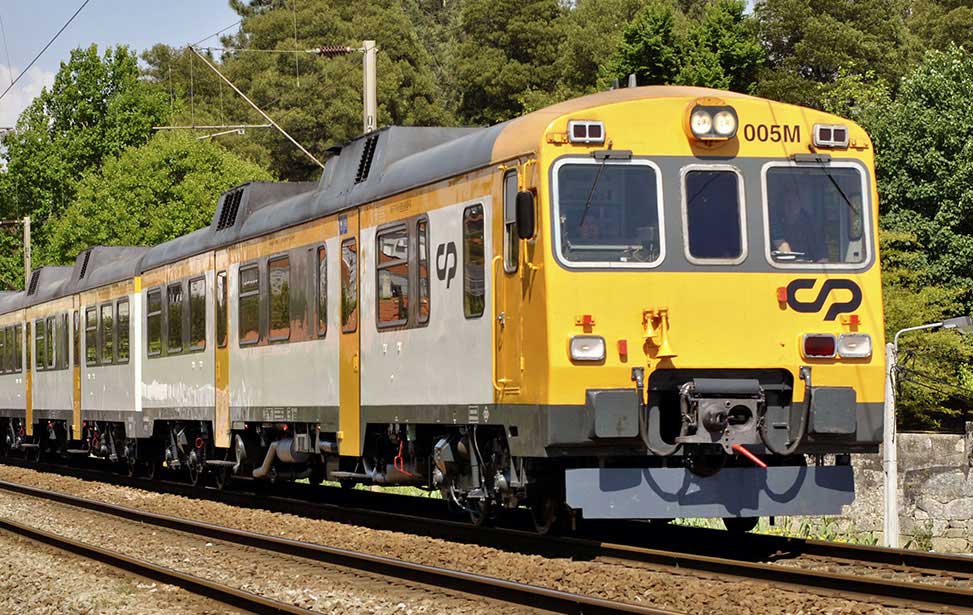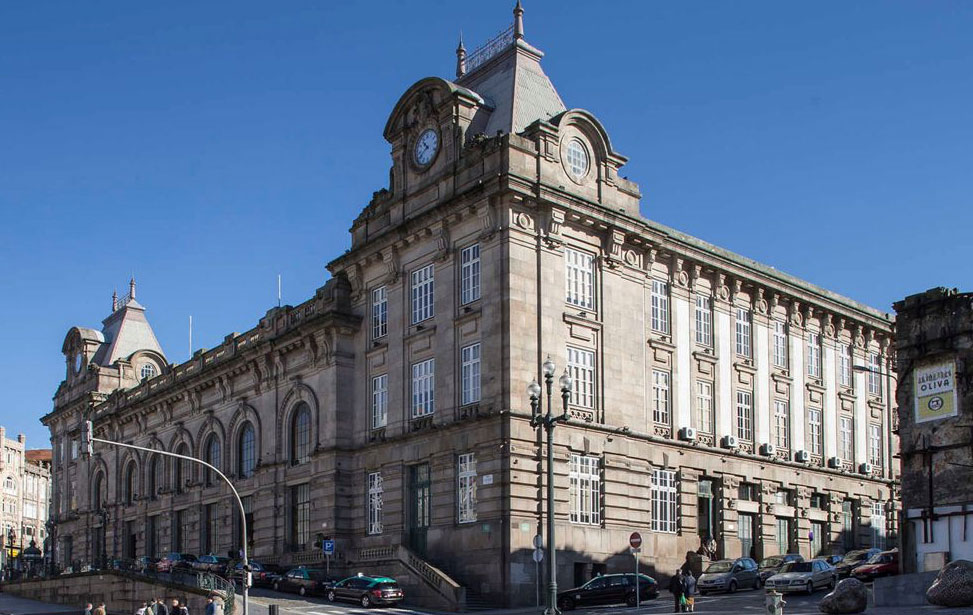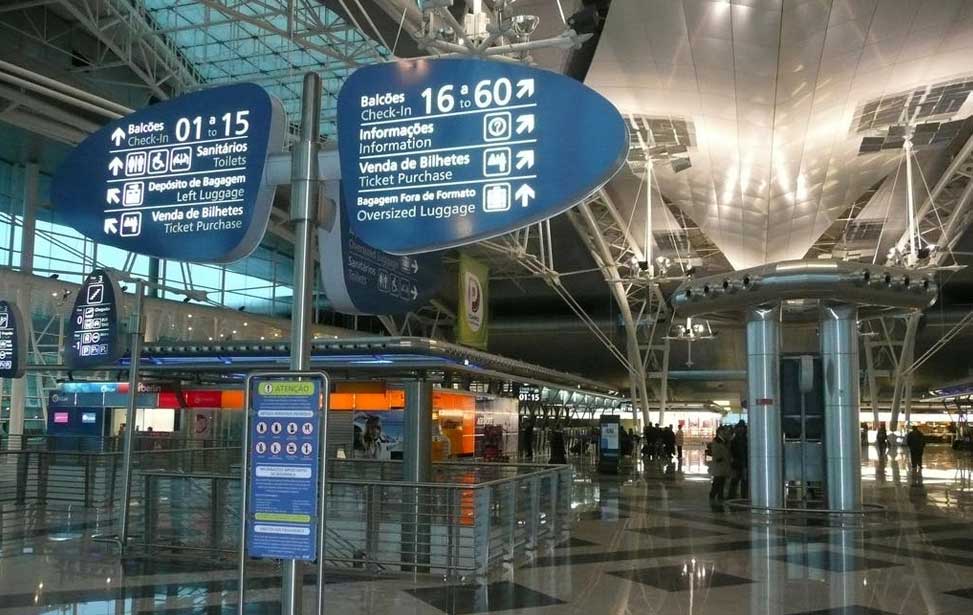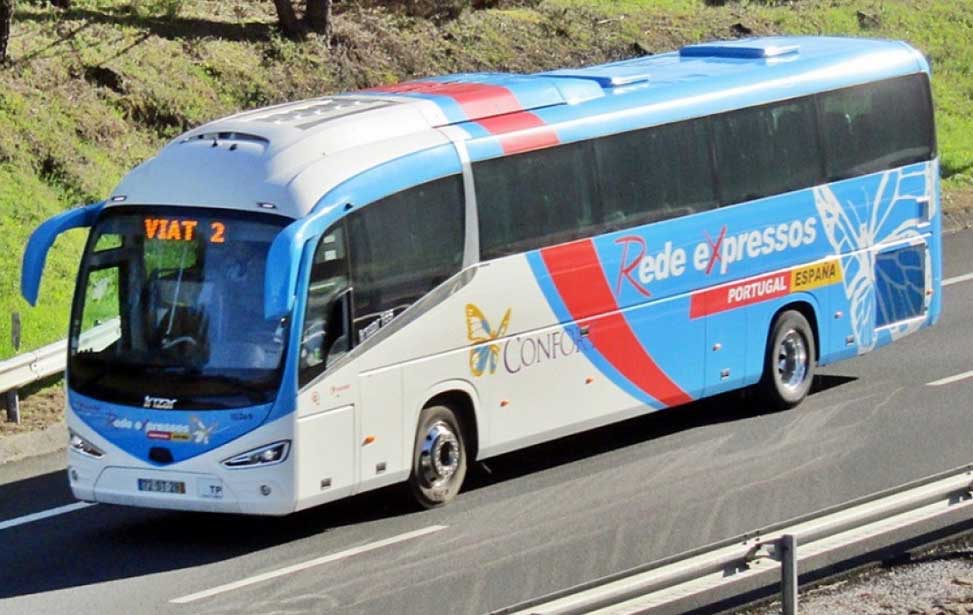PORTO AIRPORT
Porto (Francisco Sá Carneiro) Airport is situated 15km (9 mi) north of the city and has excellent public transport links to Porto and beyond. The airport is currently the second-busiest in the country and in 2006 it was remodelled. Regularly scheduled, low cost and charter flights are available from the UK, Ireland and most major cities in Europe. Scheduled flights by TAP Air Portugal and British Airways operate services to Brazil, the USA and Canada.
METRO
Getting to the centre of Porto is easy. Porto (Francisco Sá Carneiro) Airport has its own metro stop on Line E (Purple – Airport – Estádio do Dragão – Airport). The journey to the city centre takes about 45 minutes. There are train links to Lisbon and the rest of the country at the Campanhã Railway Station. There are ticket machines just before the platforms.
Timetable & Info
BUS
You can also take a STCP bus: Lines 601 & 602 takes about 45 minutes and operates between the Praça de Lisboa, by the Torre dos Clérigos Church tower in the Baixa district and the airport. (05h30-00h20 every 30 mins): 601 – Timetable & Info | 602 – Timetable & Info
There's also a night bus which leaves operates between the airport and the Avenida dos Aliados (00h30-05h30 every 60 mins).
3M – Timetable & Info
SHUTTLE BUS
GetBUS run services between Porto Airport and the cities of Braga, Guimarães and Porto. Look for their counter in the foyer: Braga | Guimarães | Porto
TAXIS
Porto’s Francisco Sá Carneiro airport takes about 30 minutes by road from Porto, depending on traffic. There are ample taxis ranks in front of arrivals operating 24/7 and cost between €20–30. Agree on a price with the driver before you set off.
PRIVATE TRANSFER
Book a private transfer from the airport directly to your accommodation in comfort. Meet your driver at the arrivals hall and get where you need to go with convenience and ease. Drivers are available 24 hours a day.
Check Availability









 Comboios de Portugal
Comboios de Portugal 







